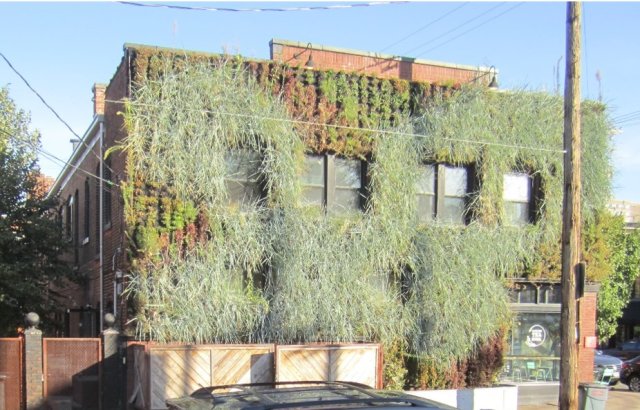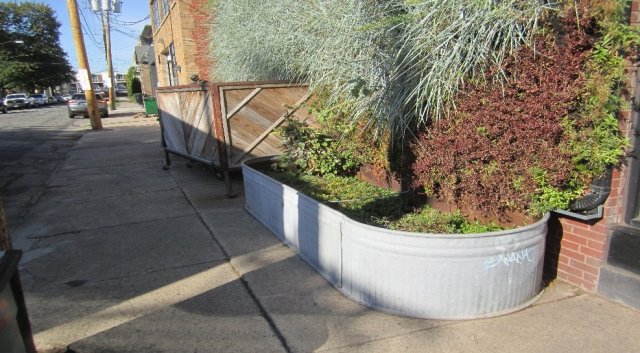Advancing the Potential for Stormwater Reuse: Investigation of Water Quality and Treatment

Published February 1, 2022
Managing stormwater runoff is a complex environmental challenge for communities across the country. As stormwater runoff flows into nearby waterways, it can collect various pollutants including trash, chemicals, oils, and dirt, which can lead to environmental and public health impacts. During heavy storm events, runoff may combine with domestic and industrial wastewater in sewer systems and contribute to sewer overflows. Finding sustainable solutions to the impacts of stormwater runoff can be challenging. Stormwater collection systems are often used to capture rainwater before it can pick up harmful contaminants and deposit them into waterways. But then the question becomes: what to do with the collected rainwater?
Water reuse, also known as water recycling, is the action of reclaiming water from a variety of sources and reusing it for beneficial purposes such as agriculture, irrigation, potable water supplies, groundwater replenishment, industrial processes, and environmental restoration. Water reuse enhances sustainability, water security, and resiliency by providing alternatives to existing water resources. Stormwater reuse involves storing water runoff from storm events and using it for other purposes. In locations with limited water supplies, water reuse can conserve water resources and benefit surface water quality.
There is limited data to determine the suitability of direct reuse of stormwater in surface irrigation systems.
To better understand what pathogens, chemicals and microbes exist in collected stormwater, EPA researchers collaborated with the Minnesota Department of Health, local universities, and other stakeholders on a project to evaluate samples from stormwater collection systems that could potentially be harvested for landscaping and agricultural irrigation near Chicago, Cincinnati, Cleveland, and Minneapolis. Samples were collected from various collection areas such as rooftop collection tanks, permeable pavement catch basins, parking lots, underground storage tanks, and vegetated lands. The project team also collected information on the characteristics of the sample sources, including infrastructure age, tributary area, land use (e.g., roofs, parking lots, fields), end-use (e.g., irrigation, vehicle wash, graywater), size of storage, treatment (e.g., sediment screens, filtration, chlorination, UV) and storage type (e.g., above and underground tanks, earthen basins).

This research project provided relevant information on the extent of physical, chemical, and microbial contamination of reuse waters and suitability of stormwater reuse for direct irrigation. While the study found that several waterborne pathogens were present in untreated stormwater samples, filtration and disinfection were found to be effective treatment technologies in removing them.
According to Debra Shore, EPA Region 5 Regional Administrator, the results of this research will help states and Region 5 communities make informed decisions about stormwater reuse projects. “With this research, we are working to flip the script and start viewing stormwater as a resource instead of as a problem. Smart, intentional stormwater reuse can help us better protect our drinking water supplies and improve the quality of surface water resources. Climate change is already causing more frequent and intense storms in our Region, so handling excess stormwater in a more integrated and sustainable manner is a crucial step to enhance community resiliency.”
This project has also provided information for states and communities, university students, and local volunteers to address water reuse challenges by providing them with risk-based guidance on microbial health impacts. Anita Anderson of the Minnesota Department of Health stated, “This project will help Minnesota to keep moving forward with stormwater reuse as a tool to conserve water resources and improve surface water quality while protecting public health.”
Stormwater reuse and treatment system manufacturers and professional organizations will also benefit from products that identify best technologies in process and treatment that provide effective and simple solutions for microbial pathogens in reuse water sources. In 2021, EPA announced the establishment of the Sewer Overflow and Stormwater Reuse Municipal Grants (OSG) program, a program aimed at awarding grants to states, the District of Columbia, and U.S. territories for the purposes of supporting critical stormwater infrastructure projects in communities. More information about EPA’s OSG program is available here.
